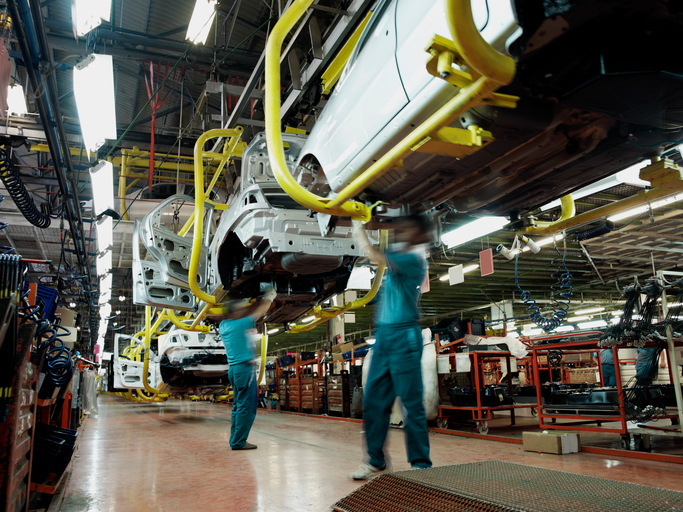A few days ago, Toyota and Mazda announced the city that will house their new $1.6B joint manufacturing facility: Huntsville, Alabama. While the choice might seem surprising, the plant will be situated less than 20 miles away from an existing Toyota engine plant, making logistical networks a key factor in the decision. Alabama is home to several automakers, including Honda, Hyundai and Mercedes-Benz. Mere days after the Huntsville announcement, Fiat Chrysler announced plans to renovate a plant in Michigan to the tune of $1B and relocate some of its Mexico operations there.
Considering the amount of money involved in these investments, the new plant announcements beg the question of whether or not these recent moves are a sign of things to come for automobile manufacturing facilities in the U.S. Fiat Chrysler executives have been candid when saying the recently pass tax bill was a major reason for making this decision. It would be speculation to say the same is true of the Toyota-Mazda venture in Alabama, but the tax incentives certainly affect their decision. Some other vehicle plant changes for 2018 include:
• Volvo opening a plant in South Carolina this year
• BMW and Daimler expanding their presence in the American south
Nissan and other foreign companies are mulling their U.S.-based options over the next decade. The common denominator among all of these businesses is they aren’t American automakers. Companies like GM, Ford and Chrysler are actually scaling back their American-based production of economical cars and sedans to focus more on pricier vehicles, an inverse of foreign automakers doubling down on their family-friendly vehicles. All of these investments are being made despite the fact American car buyers bought nearly 2% less in 2017. This trend is projected to continue in 2018.
It’s definitely encouraging to see a spike in large automotive manufacturing facilities in the United States, and the numbers show these investments are bound to affect local and state economies for decades. What do you think this means for the future of the American manufacturing industry? Share your comments with us below.
